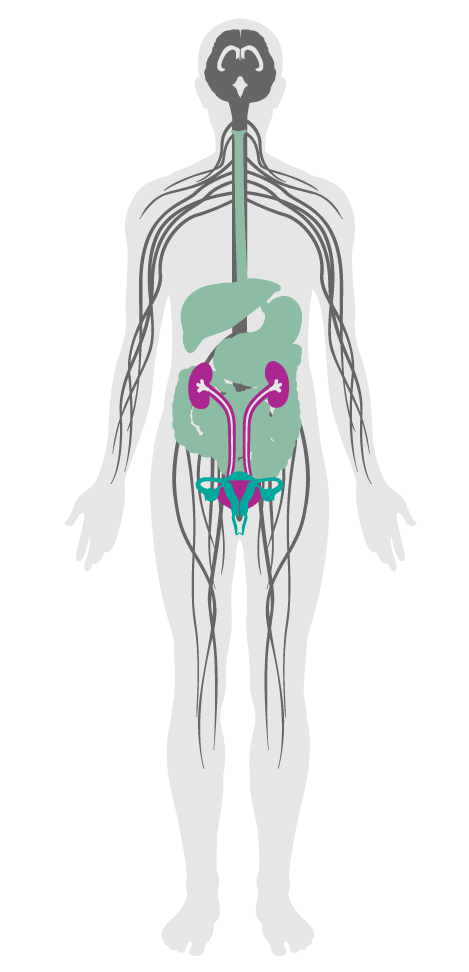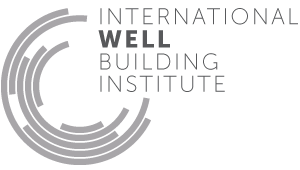Inorganic contaminants
31. Inorganic contaminants
While there are numerous metals that are necessary for healthy body functions, high levels of these essential metals can be harmful to health. Many dissolved metals that contaminate water supplies can be acutely or chronically toxic. Contamination levels vary widely by geographic location and water source, spurring the need for localized testing. Exposure to even minute amounts of certain metals such as lead and mercury through drinking water has been linked to developmental delays and deficits in learning abilities in children, as well as high blood pressure and kidney problems in adults.
This feature sets maximum safety limits for several inorganic contaminants in drinking water. If necessary, reverse osmosis (RO) systems or Kinetic Degradation Fluxion (KDF) filters can remove dissolved metals.
All water being delivered to the project area for human consumption meets the following limits:

Applicability Matrix
| Core & Shell | New & Existing Buildings | New & Existing Interiors | |
|---|---|---|---|
| Part 1: Dissolved Metals | P | P | P |
| Commercial Kitchen | Education | Multifamily Residential | Restaurant | Retail | |
|---|---|---|---|---|---|
| Part 1: Dissolved Metals | P | P | P | P | P |
Verification Methods Matrix
| Letters of Assurance | Annotated Documents | On-Site Checks | |
|---|---|---|---|
| Part 1: Dissolved Metals | Performance Test |
| 31.1.e |
The California Office of Environmental Health Hazard Assessment and the California EPA set a public health goal for Nickel in drinking water at 0.012 mg/L. |
| 31.1.a |
The WHO Guidelines for Drinking Water Quality note a provisional guideline value of 0.01 mg/L for Lead concentrations. |
| 31.1.b |
The EPA's Drinking Water Standards and Health Advisories set a Maximum Contaminant Level for Arsenic concentrations at 0.01 mg/L. |
| 31.1.c |
The EPA's Drinking Water Standards and Health Advisories set a Maximum Contaminant Level for Antimony concentrations at 0.006 mg/L. |
| 31.1.d |
The EPA's Drinking Water Standards and Health Advisories set a Maximum Contaminant Level for Mercury (inorganic) concentrations at 0.002 mg/L. |
| 31.1.f |
The EPA Secondary Drinking Water Regulations set a secondary Maximum Contaminant Level for Copper concentrations at 1.0 mg/L. |
